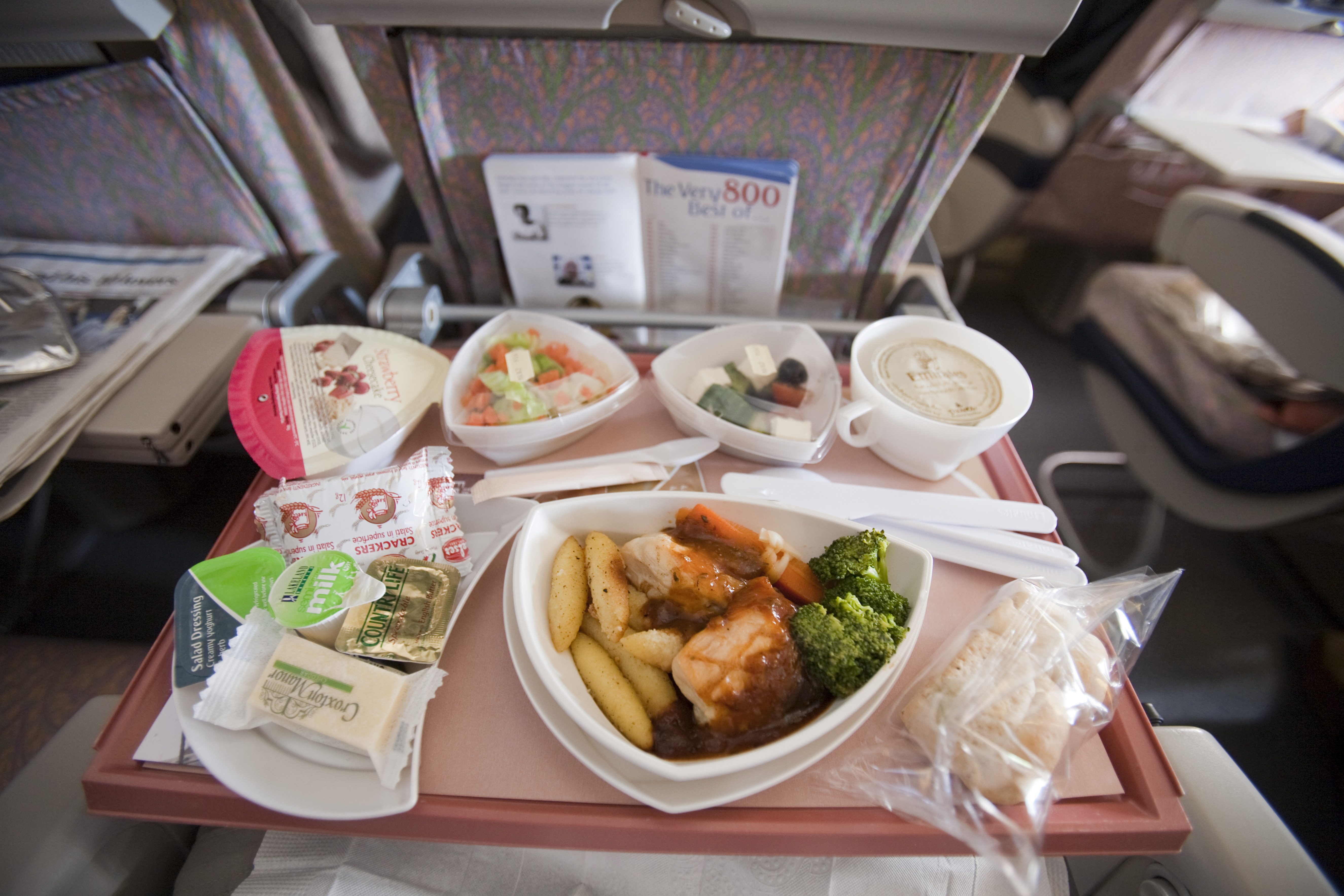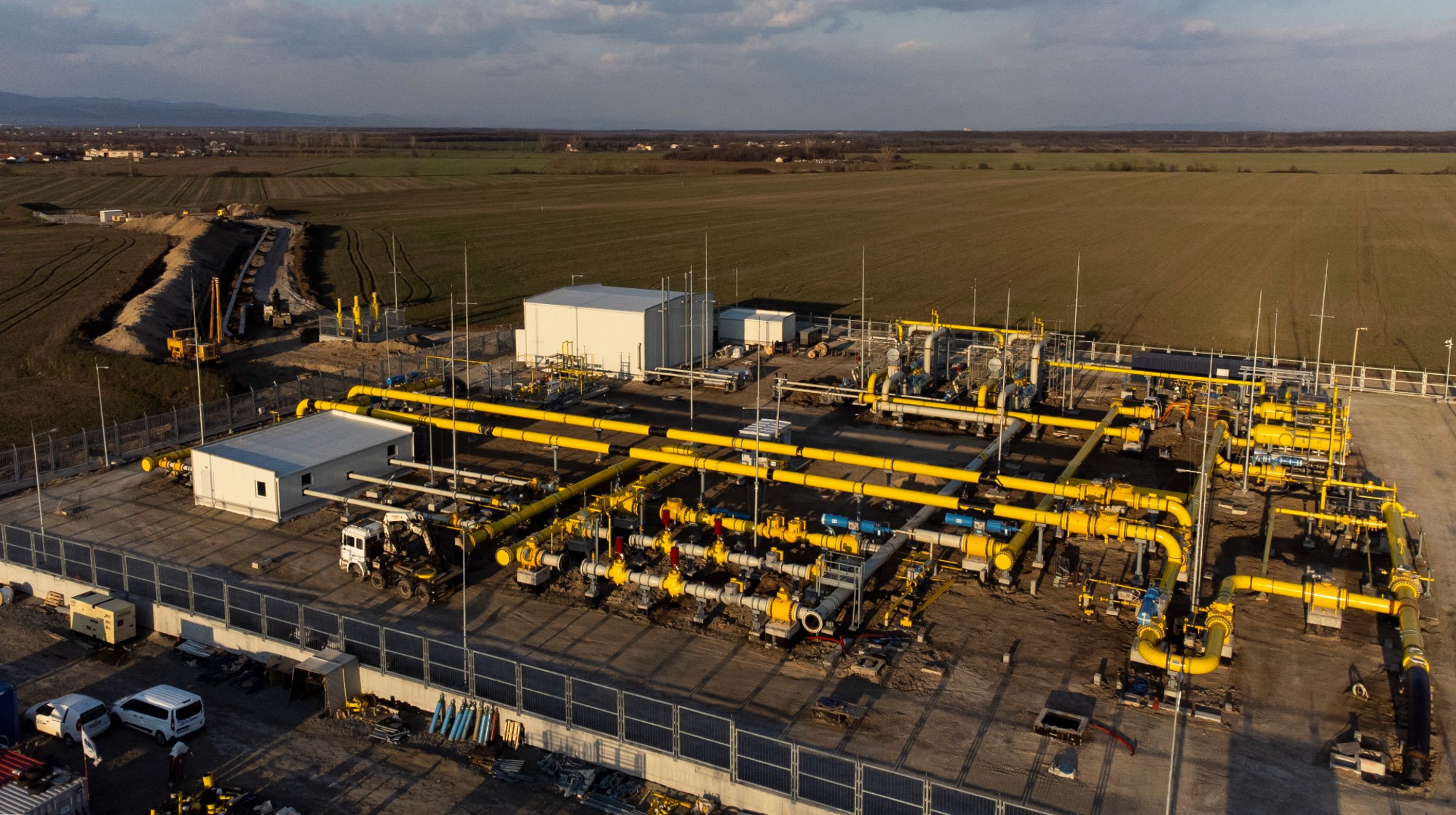How fresh are airplane meals? Plus other common airplane mysteries, explained
Good news on all that turbulence

Airline travel is almost 100 years old, yet it remains an enigma to most of us everyday travelers. After all, each time we take a flight, there are complicated code words, airport acronyms, and an intricate ballet of take-offs and landings and loading and unloading. And there are other mysteries, too, that pop up in flight, such as: What do airlines do with all those back issues of SkyMall?
Sometimes these mysteries should probably stay mysterious — after all, do we really want to know what happens when we flush an airplane toilet? But there are other questions that deserve answers, if only to make your next flight a little less stressful and a little more interesting. So buckle your seatbelt low and tight across your lap as we explain three common air travel mysteries:
1. Why do airlines use boarding zones to load planes?
The Week
Escape your echo chamber. Get the facts behind the news, plus analysis from multiple perspectives.

Sign up for The Week's Free Newsletters
From our morning news briefing to a weekly Good News Newsletter, get the best of The Week delivered directly to your inbox.
From our morning news briefing to a weekly Good News Newsletter, get the best of The Week delivered directly to your inbox.
Airlines are actually taking longer to load and unload planes now than they did in the 1970s, according to an exhaustive Boeing study, but it may not entirely be their fault: Airports have gotten busier and planes fuller than in the early days of air travel.
Boarding position tends to follow certain routines, no matter the airline: Elite status passengers, such as first-class flyers or members of the airline's rewards program, usually get to board first into the first class or business class sections of the plane (i.e. the front.) It's a free, public way to build customer loyalty and a sense of prestige around airlines' most expensive offerings.
From there, the system gets a little more opaque. Boarding methodology varies depending on the airline: Some, like Southwest, use an open boarding system, where passengers can take whichever seat they find open. This, according to a Chicago Tribune analysis, may actually be one of the most efficient ways to board a plane.
Other airlines use a variation of back-to-front boarding, with travelers seated in the back of the plane boarding after elite passengers, while some used a so-called "outside in" method where passengers seated in window seats board first, followed by middle seat passengers and finally aisle passengers.
A free daily email with the biggest news stories of the day – and the best features from TheWeek.com
In its study of boarding patterns, Boeing put a typical loading pattern through computer modeling tests and found that boarding passengers through two of the aircraft doors while using the "outside in" method would shave off an average of 17 minutes of loading time per trip.
A combination of cost effectiveness and safety, though, means almost no airline currently boards through two doors.
2. How fresh are airline meals?
Airline meals are, by their very definition, not as fresh as meals you eat on land because airlines aren't equipped with kitchens, so flight attendants can do only rudimentary food prep (primarily heating) to get meals ready to eat. This means many airline meals are chilled or frozen after being prepared in vast kitchen facilities, usually via outside contractors like food service giant LSG Sky Chefs, then loaded aboard.
Because meals have to be warmed up in flight, if they aren't eaten on their first trip they can't be chilled again and re-used. This leads to a certain level of guaranteed freshness for travelers but also a good deal of food waste, leading some outside researchers to suggest that airlines should swap out frozen or refrigerated food for room temperature meals.
But much of the decision on what and how to serve comes down to cost and, in air travel, cost often equals weight. Meals are carefully planned to maximize space, even down to the size of plastic utensils, so airlines often have little room for error in putting together palatable meals that don't take up valuable space or eat up slim profit margins.
Oh, and the sometimes off-putting taste? That's largely due to changes in the way we taste due to low humidity and noisy cabins, not the quality of the food itself.
3. What's turbulence? Is it dangerous?
The roller coaster bounces and unexpected dives of in-flight turbulence can be nerve-racking but are rarely, if ever, dangerous to the plane itself. Although it can throw passengers from seats or trip up crew in the aisles, turbulence is unlikely to cause damage to the plane, or even ruffle the pilots in the cockpit.
Turbulence occurs when air moves erratically, which can come from an array of sources: storms, shifting weather, even the movement of big air currents called jet streams. Planes are equipped with weather radar which detects many types of turbulence but not all, and pilots are trained in maneuvering through rough patches.
This doesn't mean turbulence is entirely harmless — it does injure a handful of passengers and crew annually and can cause some structural damage that needs to be inspected upon landing — but aircraft are designed to take some serious air disturbance. Modern airliners like the Boeing 787 even have so-called "gust suppression systems" for the smoothest possible ride.
"From the pilot's perspective," says the venerable Patrick Smith at Ask The Pilot, "[turbulence] is ordinarily seen as a convenience issue, not a safety issue."
Matt Hansen has written and edited for a series of online magazines, newspapers, and major marketing campaigns. He is currently active in press freedom and safety research with Global Journalist Security.
-
 Europe sets 2027 deadline to wean itself from Russian natural gas
Europe sets 2027 deadline to wean itself from Russian natural gasIN THE SPOTLIGHT As international negotiators attempt to end Russia’s years-long invasion of Ukraine, lawmakers across the EU have reached a milestone agreement to uncouple the continent’s gas consumption from Moscow’s petrochemical infrastructure
-
 Benin thwarts coup attempt
Benin thwarts coup attemptSpeed Read President Patrice Talon condemned an attempted coup that was foiled by the West African country’s army
-
 Trump’s Comey case dealt new setback
Trump’s Comey case dealt new setbackspeed read A federal judge ruled that key evidence could not be used in an effort to reindict former FBI Director James Comey